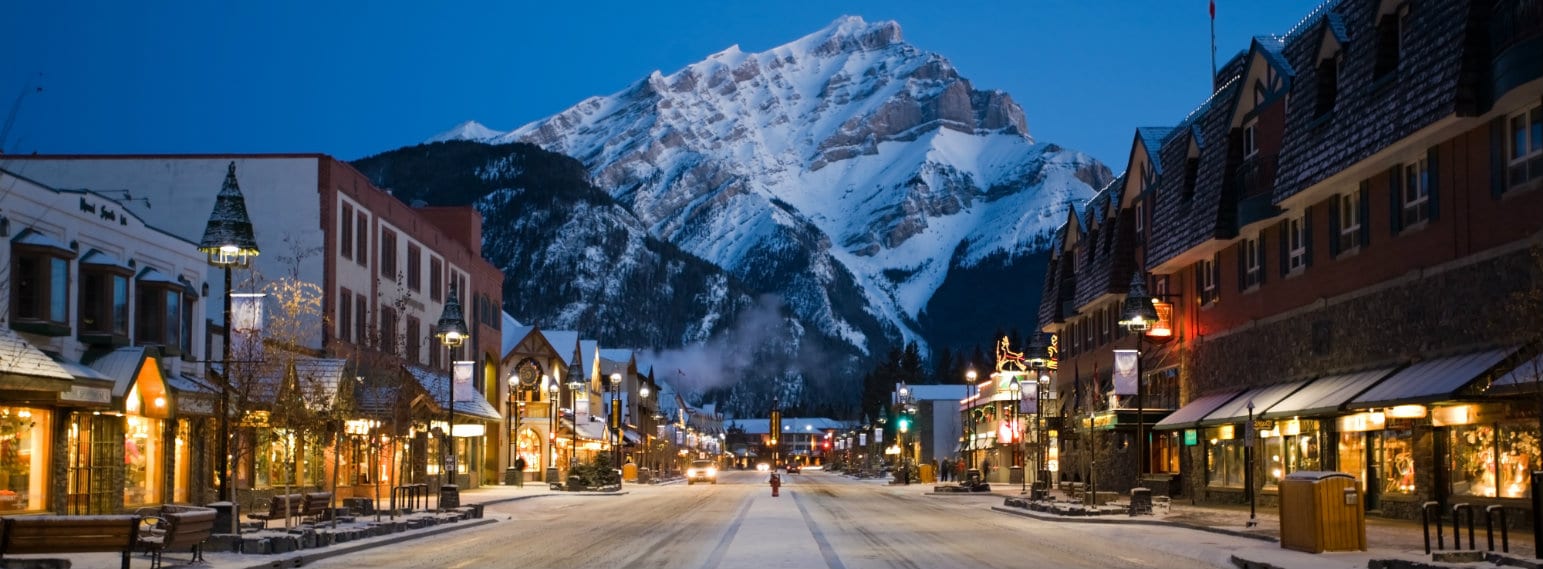Skiing & Snowboarding Features
Skiing is more than just a sport; it’s a lifestyle! On this page, we share our pick of best ski destinations and ski travel tips that will elevate your skiing experience to new heights. Whether you’re a beginner taking your first tentative glides, a seasoned pro carving up the slopes or searching for great off-piste experiences and to understand more about avalanche risks and safety, we’ve got you covered. Learn about the best resorts for your skill level, and get inspired to plan your next unforgettable ski adventure. Let’s unlock the magic of the mountains together!
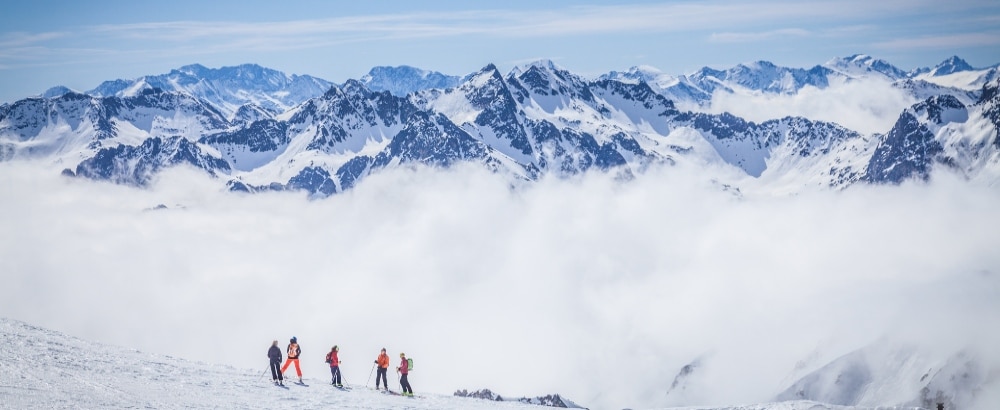
The best ski resorts in the Pyrenees are less well known than the most popular resorts in the Alps, but they also tend to be less expensive and less crowded. There’s great skiing for all abilities from beginner to advanced…
Read More »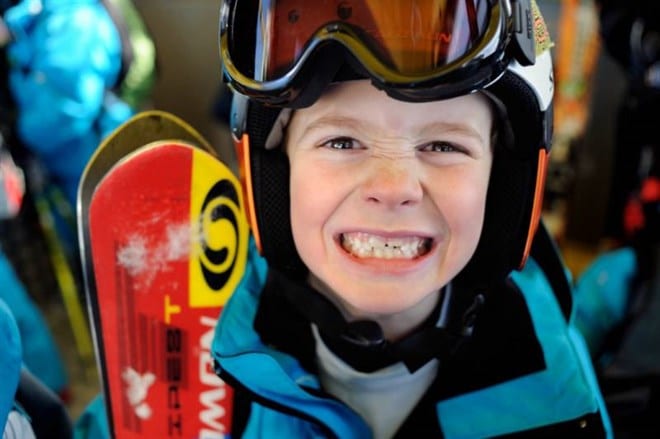
Looking for a family ski holidays? We list the top family-friendly ski resorts in the Alps, so you can find out which is right for your family
Read More »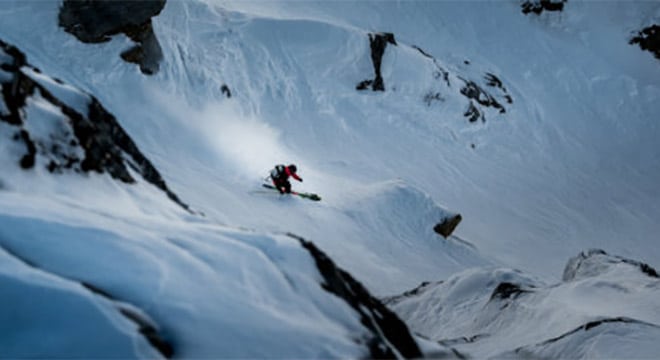
Ultimate-Ski guide to the best ski areas and ski resorts in Europe for off-piste and backcountry skiing and freeriding.
Read More »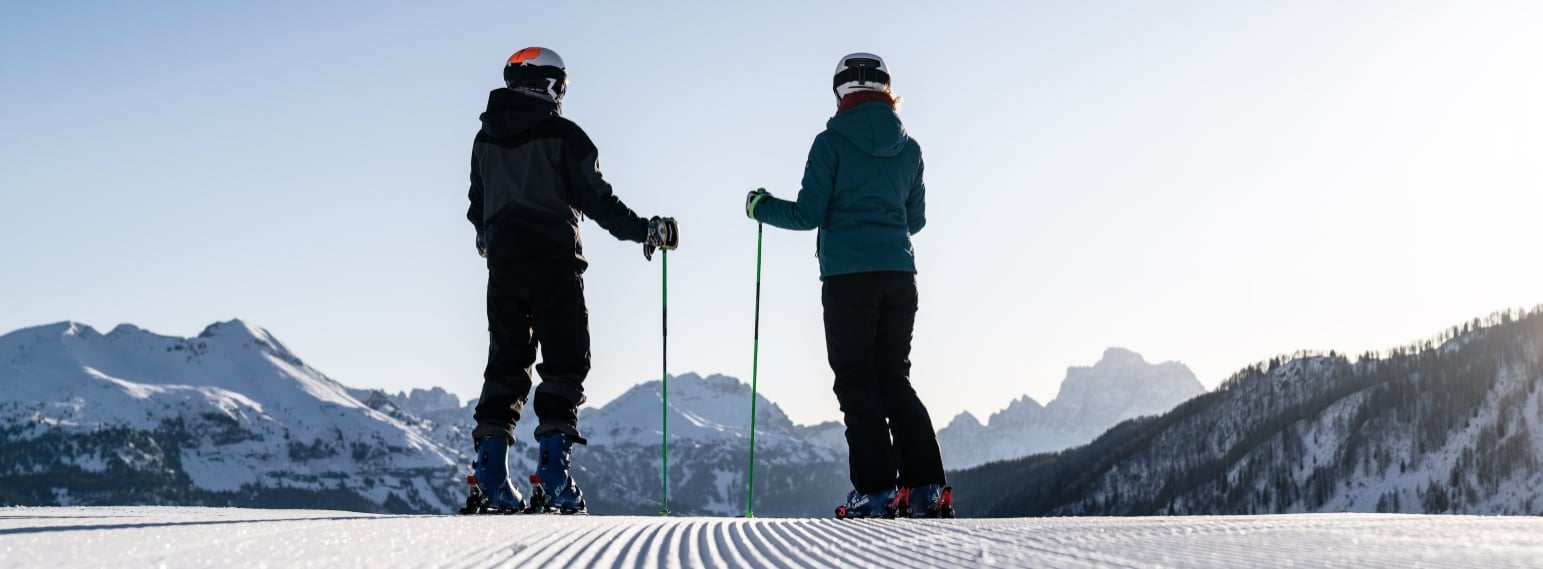
Popular Features
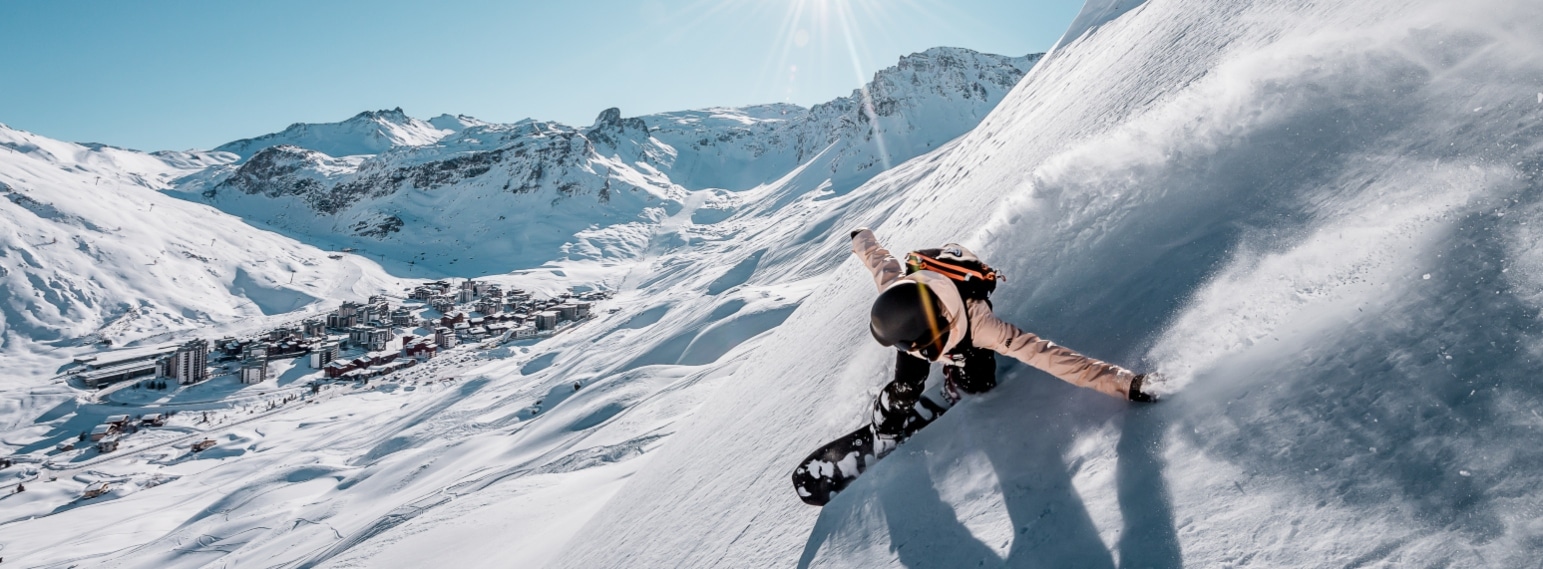
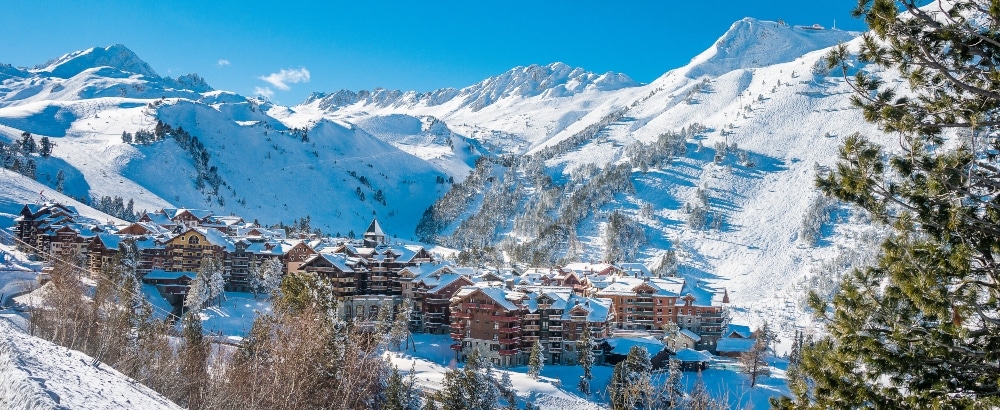
Ski Travel Tips
- Arc 2000 & Arc 1950: Ski Resorts with a Purpose
- First ski trip from USA to the French Alps
- Ski Resorts of the Sellaronda
- Visit Park City
- Where to Ski in the Pyrenees
- Where to Stay and Ski in the Three Valleys
- Your Ultimate Guide to Booking A Hassle-Free Ski Transfer
- The Best of Aspen Snowmass
- Ten Best Luxury Ski & Spa Hotels
- Luxury Ski Chalets & Hotels
- Best French, Swiss and Italian ski resorts near Geneva Airport
- Ski Resorts Near NYC
- Skiing Near Lake George
- Ski Travel Insurance
- Getting to Ski Resorts by Rail
- Your First Ski Trip
- Mountain Rescue Transfers


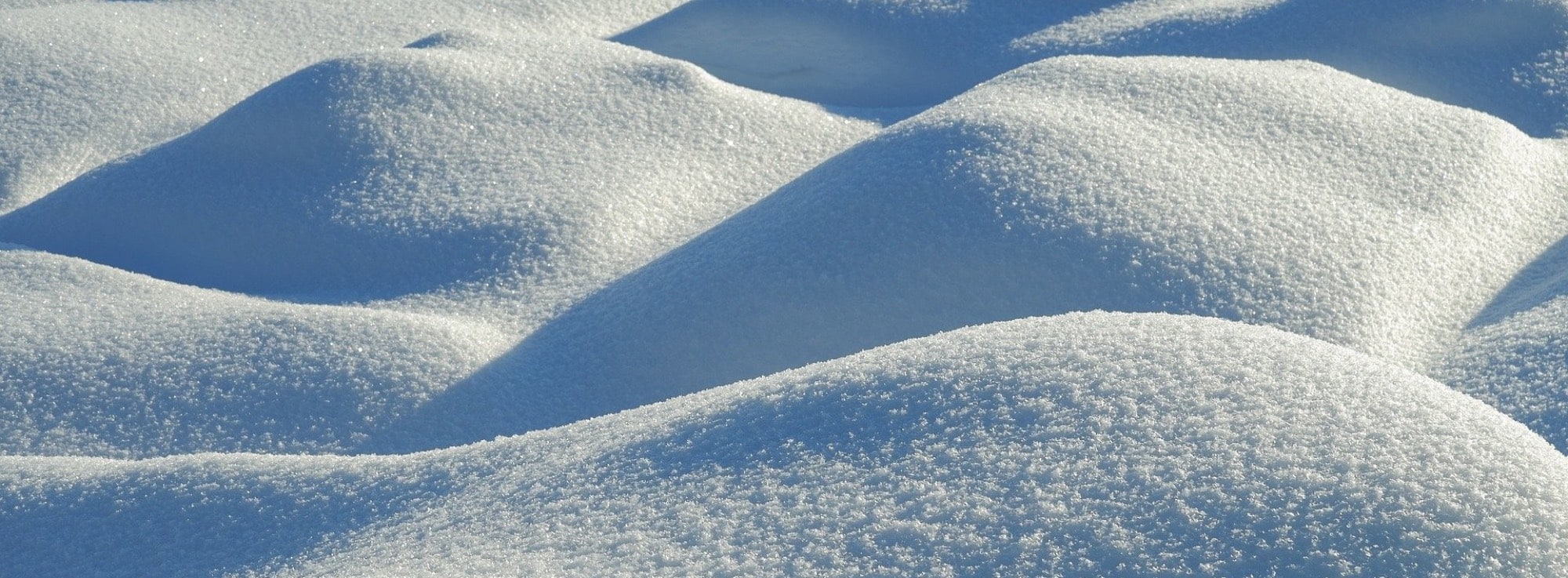
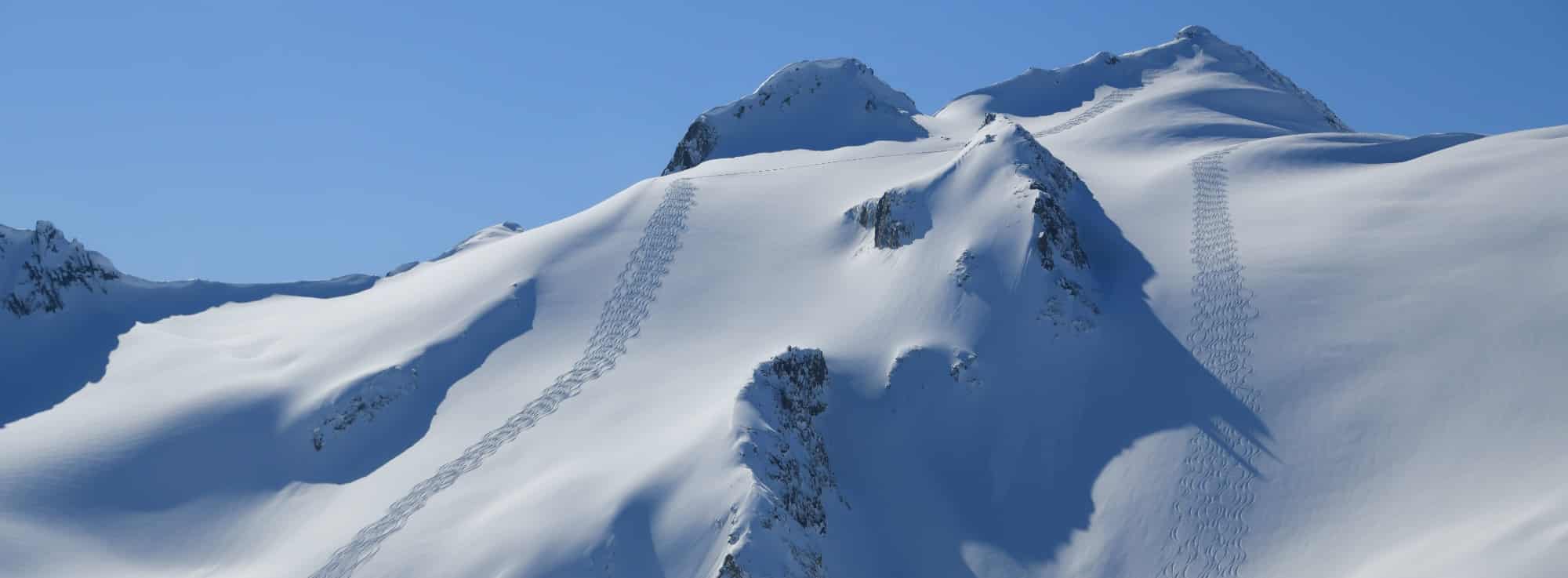
Heliskiing & Catskiing
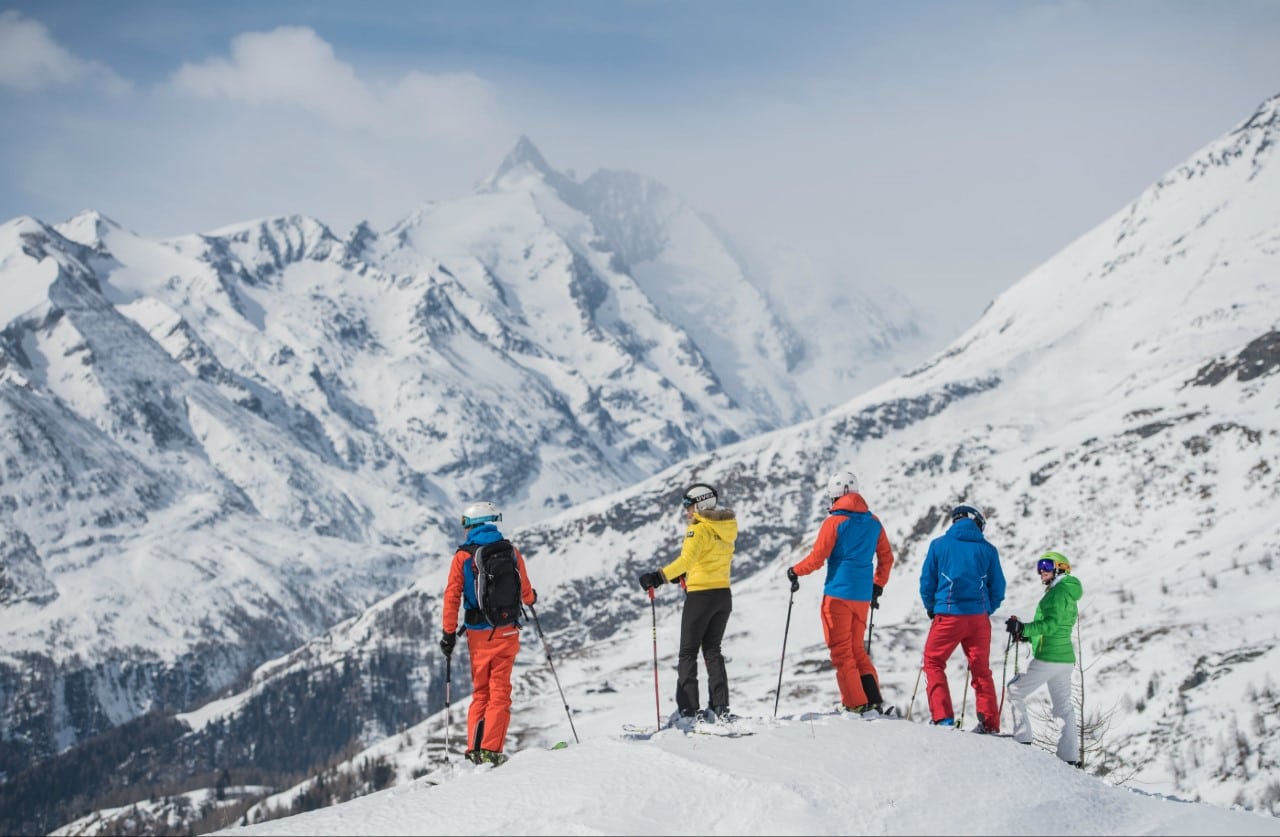
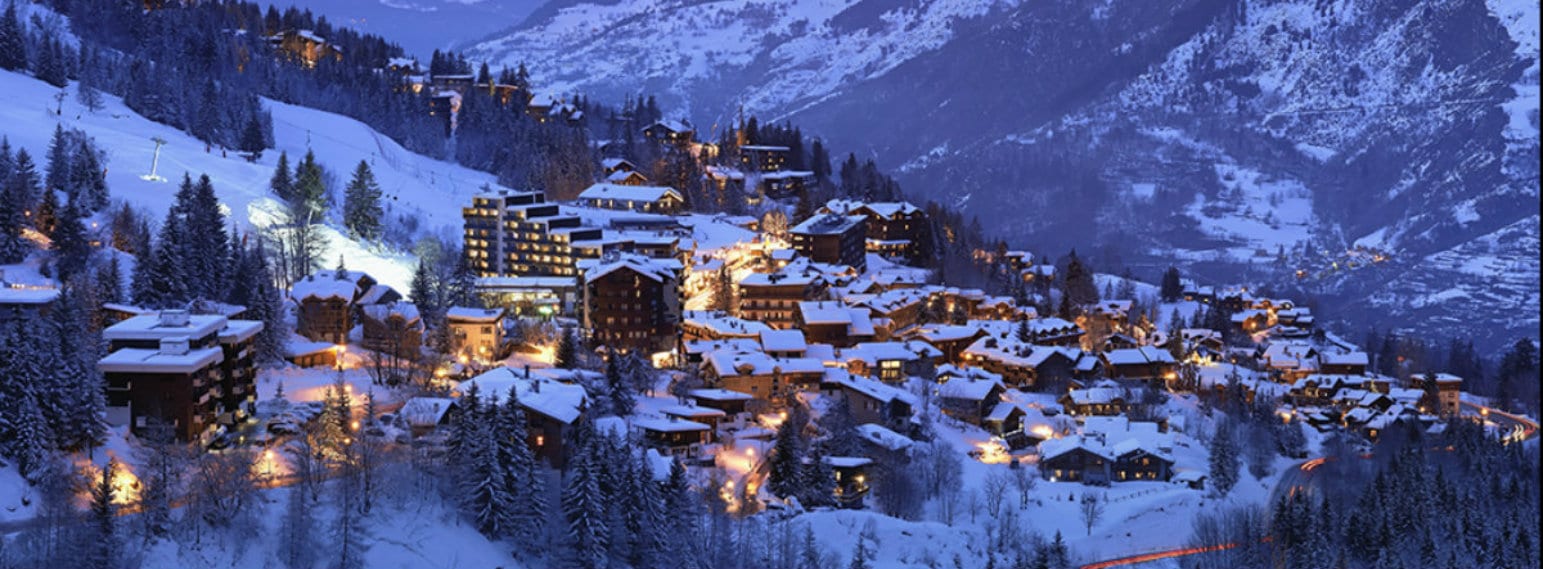
Skiing in France
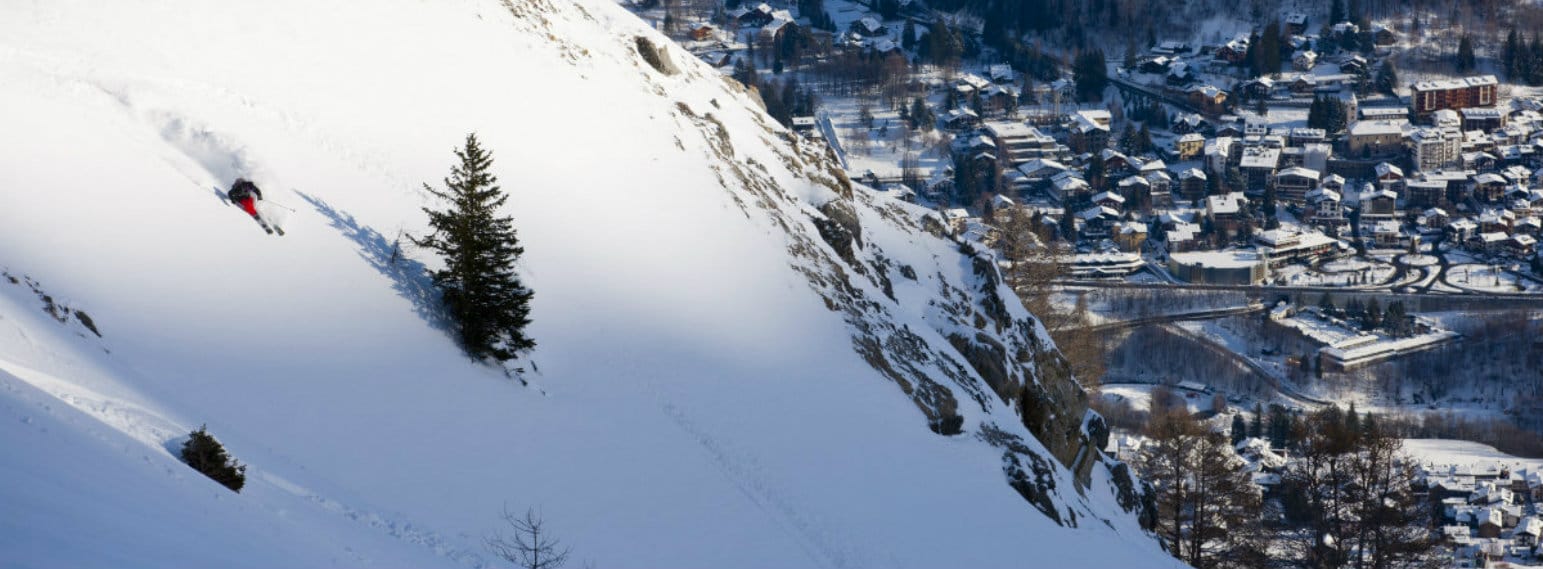
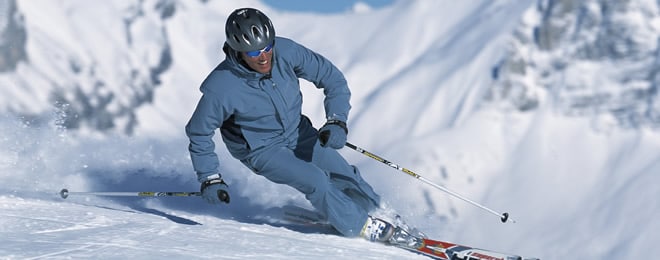
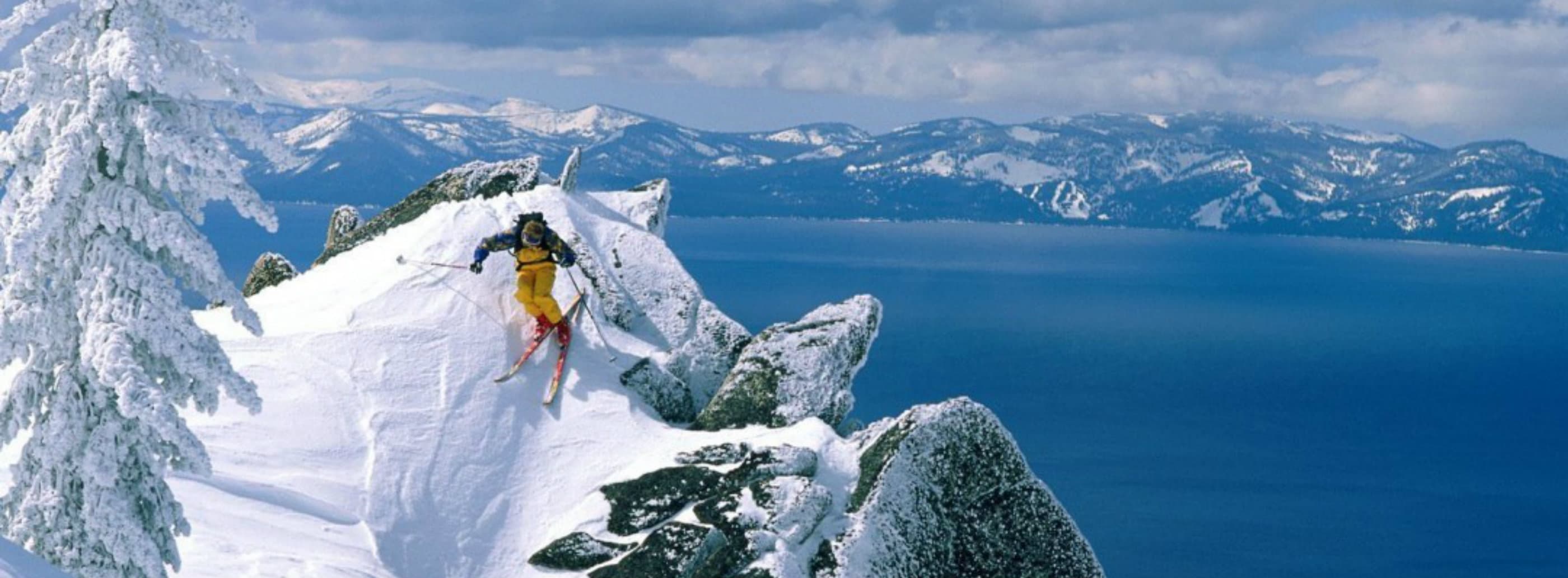
Skiing in USA
- Ski Resorts in California
- Ski Resorts in Colorado
- Ski Resorts in Idaho
- Ski Resorts in Maine
- Ski Resorts in Montana
- Ski Resorts in New Hampshire
- Ski Resorts in New Jersey
- Ski Resorts in New Mexico
- Ski Resorts in New York State
- Ski Resorts in North Carolina
- Ski Resorts in Oregon
- Ski Resorts in Pennsylvania
- Ski Resorts in Utah
- Ski Resorts in Vermont
- Ski Resorts in West Virginia
- Ski Resorts in Wyoming
